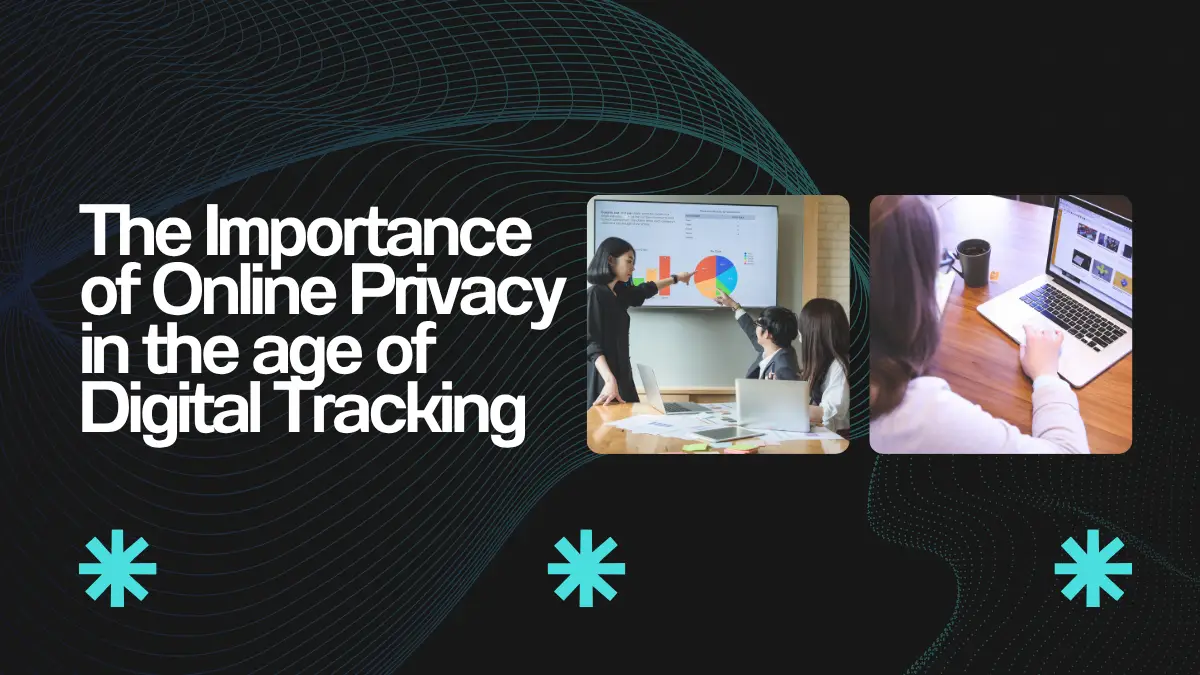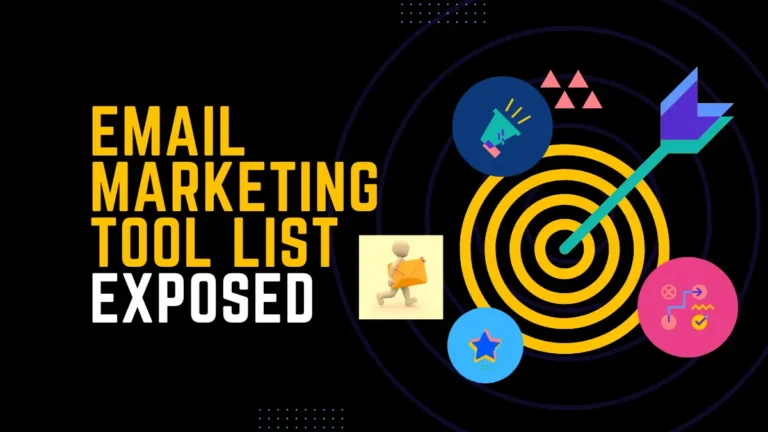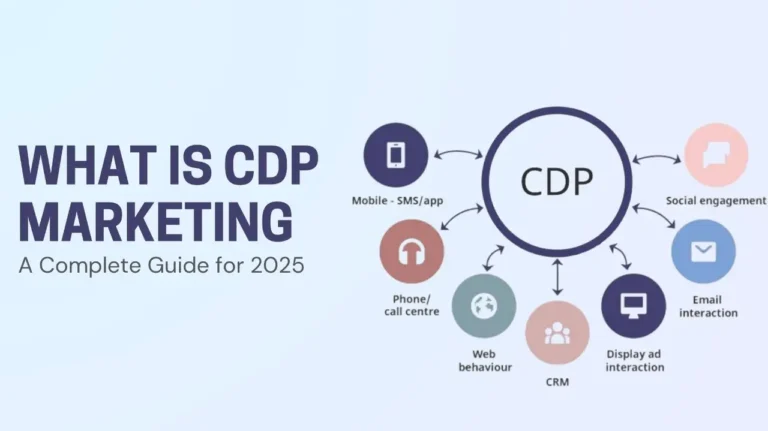In today’s hyper-connected world, online privacy has never been more critical. With every click, scroll, and tap, users inadvertently leave behind digital footprints. These trails are constantly monitored and recorded through various forms of digital tracking. As a result, safeguarding your personal data has become a pressing concern for individuals and organizations alike. Understanding these dynamics is essential for anyone who values security and autonomy online, whether you’re using social platforms or an antidetect browser for added layers of protection.
How digital tracking works
Digital tracking refers to the methods websites, advertisers, and third-party entities use to collect information about user behavior. This includes tracking cookies, device fingerprinting, and location monitoring through apps or browsers. By piecing together these data points, companies can create detailed profiles of individuals, often without their explicit consent. This ecosystem can lead to the creation of comprehensive digital personas that are used for targeted advertising, content curation, and more.
Most users are unaware of the extent of personal data that is collected each time they visit a site or use an app. Tracking scripts and third-party plugins are often invisible, silently gathering browsing habits, purchase history, interests, and location data. The seamless nature of digital tracking makes it easy for both legitimate businesses and malicious actors to access sensitive information. As the variety and sophistication of tracking technologies increase, so does the need for robust privacy solutions.
The risks of insufficient online privacy
When online privacy is neglected, individuals can be exposed to serious risks. Unauthorized data collection may result in identity theft, financial fraud, and loss of control over personal information. Even routine online activities like browsing and social networking may generate data that is sold or shared with third parties. The consequences go beyond targeted advertising, potentially affecting everything from credit scores to personal relationships.
Public data leaks and breaches are becoming more common as large organizations store ever-growing amounts of user data. If this information falls into the wrong hands, it can have widespread impacts on individuals who never consented to such use. Personal preferences, health information, and search histories might be used in unexpected ways. Minimizing exposure to such risks starts with understanding the value of privacy and taking steps to protect it.
Best practices for protecting your privacy online
Practical measures can help reduce exposure to invasive tracking and data misuse. Using privacy-focused browsers, regularly clearing cookies, and adjusting privacy settings on websites are all effective initial steps. Virtual private networks (VPNs) and browser extensions designed for privacy can add additional layers of defense against digital surveillance. Consider tools that block trackers or allow you to browse anonymously, limiting the amount of personal data websites can collect.
Staying informed about new privacy threats is essential. Regularly updating passwords, enabling two-factor authentication, and being cautious with sharing personal details on public platforms all contribute to better online security. Many privacy advocates recommend carefully reading the privacy policies of apps and services before use. While absolute anonymity is difficult to achieve online, adopting a proactive approach to privacy can make a significant difference in protecting your digital identity.
The ongoing evolution of online privacy
Laws and regulations surrounding data privacy continue to evolve in response to growing concerns over surveillance and unauthorized tracking. Recent legislation in regions such as the European Union and California have set new standards for data protection, granting users greater rights over their digital information. Despite these legal advances, it’s still largely up to individuals to stay vigilant and employ available tools and best practices.
The landscape of digital tracking is dynamic, with new technologies and threats emerging regularly. As artificial intelligence and predictive analytics become more advanced, so do the methods used to track and profile users. Staying ahead of these developments requires both awareness and adaptability. Embracing a privacy-conscious mindset and making informed choices helps maintain control over personal data amid the complexities of the digital world.




